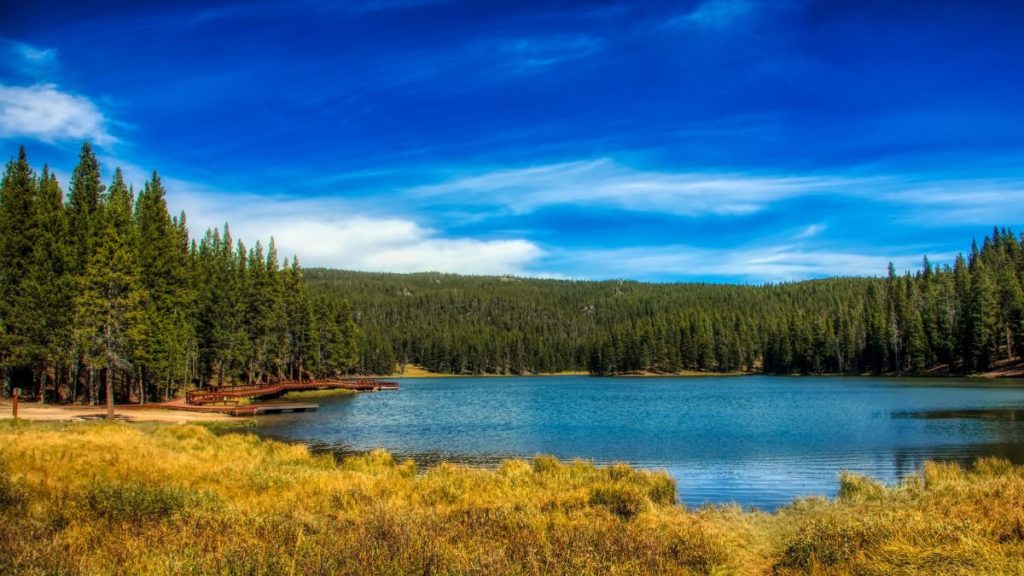
There are hundreds of species of grasses in North America. Many are introduced, some are annuals and yet others have little or no ornamental value in gardens. I’ve taken the the time to research many of our natives that have landscape value for yards, fields, gardens, woodlands and wet areas.
Why native? Why not! Actually, our native grasses perform much better that introduced species and many of them are very decorative as well. These plants offer food and protection for birds and other wildlife.
Many introduced species of ornamentals are sterile, producing no seed for wildlife at all. Because of the introduction of non natives, our home grown grasses have been ignored and many of them are now extinct and on endangered lists. Only the past several years, have natives of the Northeast and Great Lakes become important landscape plants.
Here is a good list of natives, you may find one or two species of value in your landscapes. I’ve provided a basic profile, you may want to investigate more into these plants before you plant them in your Northeast or Great Lakes gardens.
Andropogon gerardii (Blue stem, Turkey grass)
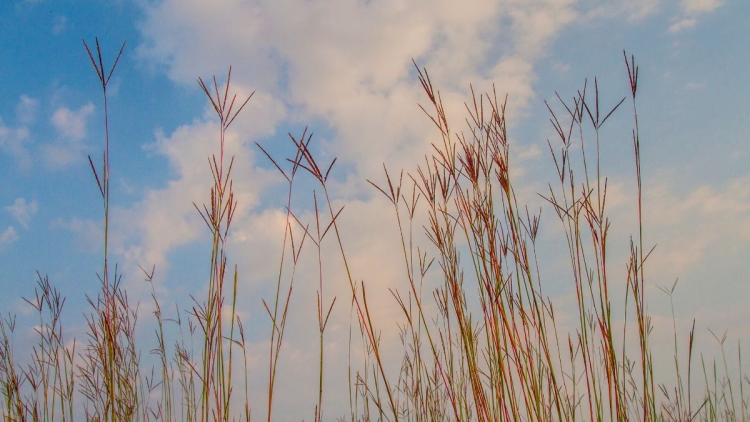
Grows on moist and dry soils, in prairies and open woods throughout much of the United States and Canada.
- Referred to as the Monarch of the prairie grasses, but grows throughout much of the Northeast as well. The tallest North American member of the genus, it grows 5 to 8 feet (1.5-2.4m).
- Upright and strictly clumping, the blue-green foliage of summer turns to a rich orange and copper-red in autumn.
- Flowers or blooms appear in late August or early September vaguely resembling an upside down turkey foot.
- Blue stem can offer a dramatic display in your landscape or gardens no matter what.
- A long lived plant.
- Hardy to Zone 3.
Andropogon glomeratus (Bushy beard grass)
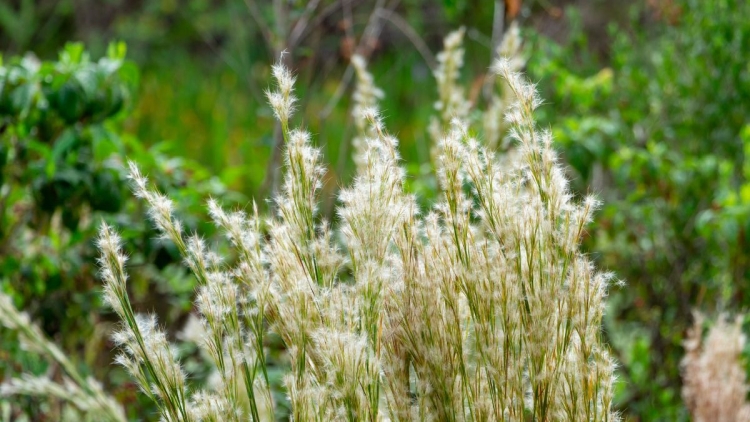
Inhabits low, moist ground, marshes and swamps in the eastern coastal regions.
- Typically 2 to 4 feet tall (60-120cm), green in summer turning copper-orange in autumn
- Flowers in September.
- Hardy to Zone 5.
Andropogon gyrons (Elliott’s broom-sedge)

Found in dry or moist fields in eastern states. Green in the summer, it turns a vivid orange in late autumn.
- A clump-former that grow 2 to 3 feet (60-90cm) tall.
- Hardy to Zone 5.
Andropogon virginicus (Beard grass, broom sedge)
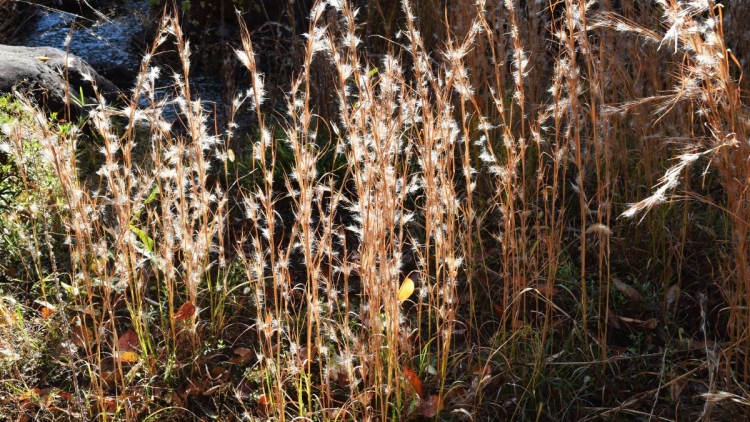
Native to much of North America, in open fields in various soil conditions.
- Strictly upright and clump forming, It grows to 4 feet (1.2m) tall. Turns bright orange in the fall. Requires full sun
- Hardy to Zone 3.
Bouteloua curtipendula (Side-oats grama)
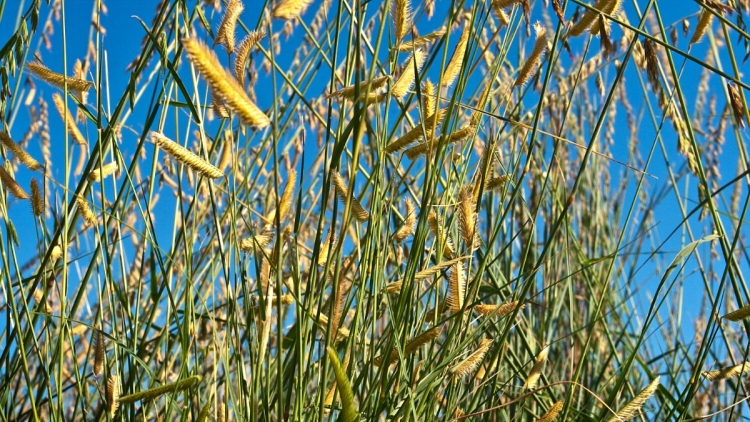
Native throughout much of North America.
- The common name refers to the oat-like spikelets
- A basal mound of gray-green foliage with purplish colored inflorescence that shoot up to a height of 3 feet (1m) in June or July.
- Most effective in mass plantings and meadow gardens.
- Hardy to Zone 4.
Chasmanthium latifolium (Indian wood-oats, river oats)
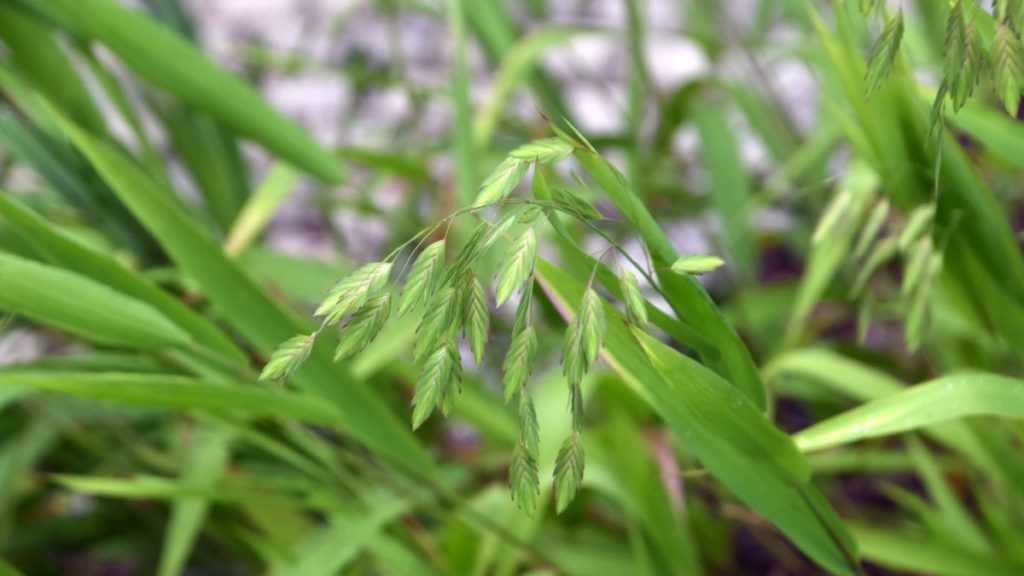
One of my favorite grasses, Chasmanthium covers much of the eastern and southeastern United states, including the lower Great Lakes region, into Pennsylvania and New Jersey.
- A warm-season, clump-forming plant the grows to 4 feet 91.2m) tall. It prefers rich soil and full sun, but does quite well in dry shaded areas too.
Elymus canadensis (Canada wild rye)
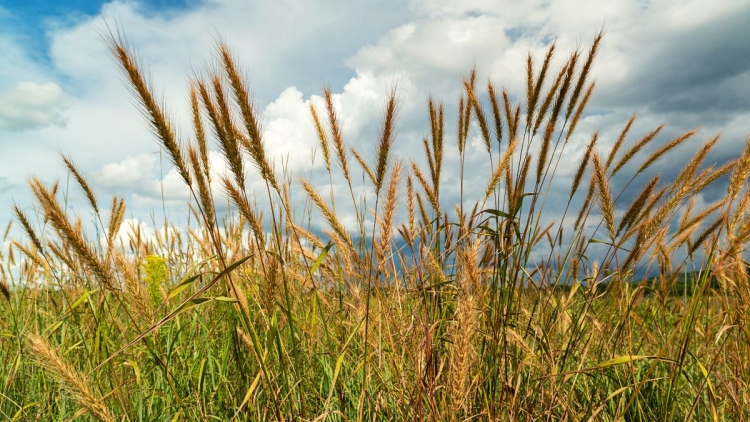
Native along riverbanks, prairies, open fields and even sandy soil over much of the United states and Canada.
- A clump forming grass 3 to 6 feet (1-2m) tall, flowering in mid to late summer.
- Inflorescences look similar to cultivated rye nodding gently in the winter winds and offers food for birds and other wildlife.
- Foliage is green to a glaucous-blue. Short lived, but self sows and is ideal for meadow and prairie restorations.
- Hardy to Zone 3.
Elymus glaucus (Blue wild rye)
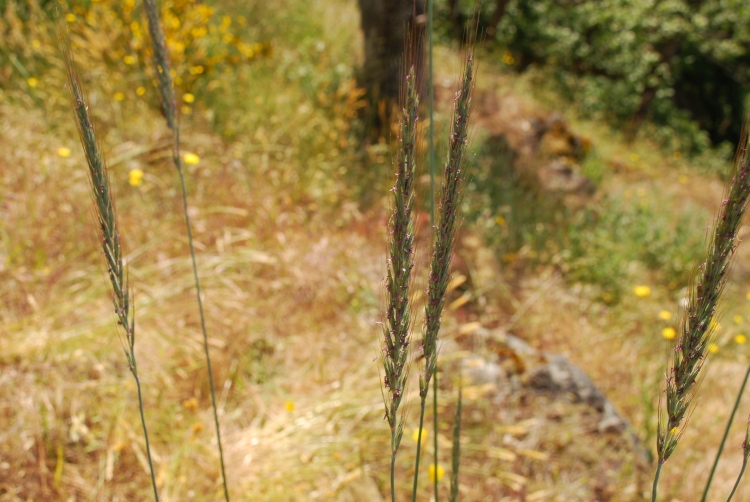
Native to moist and dry thickets.
- Hardy to Zone 5.
Elymus virginicus (Virginia wild rye)
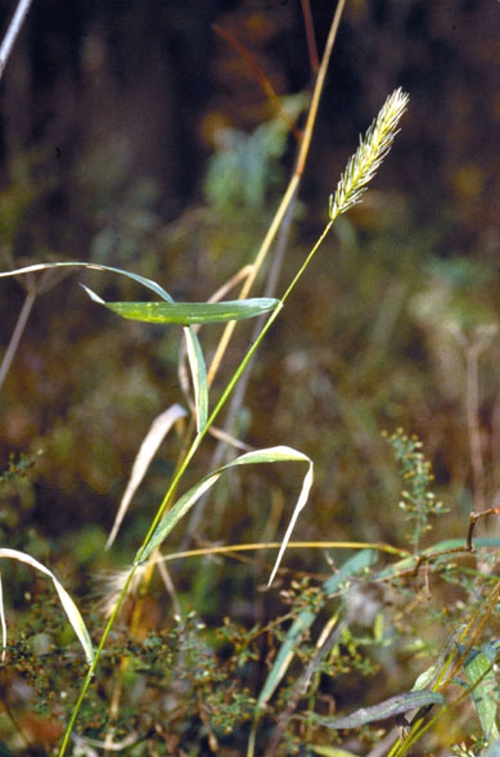
A clump forming species native to much of eastern North America. Very similar to Canadian wild rye.
- The flat oat-like spikelets dangle in the breeze and turn a bronzed color by autumn and finally a buff color.
- Great in flower arrangements (fresh and dry)
- Plants stay erect in the winter and snow while offering seeds for birds and small animals.
- A must have in your native habitat gardens.
- Hardy to Zone 5.
Eragrostis spectabilis (Purple love grass)

A sandy soil native in full sun from Maine to Minnesota and south to Florida and Arizona.
- In late summer this plant produces volumes of fine textured flower panicles that appear almost purple.
- The foliage is unattractive, but who cares once this specimen comes to bloom Less than 2 feet (60 cm) tall, it requires full sun and is quite drought tolerant.
- Hardy to Zone 5.
Koeleria macrantha (June grass)
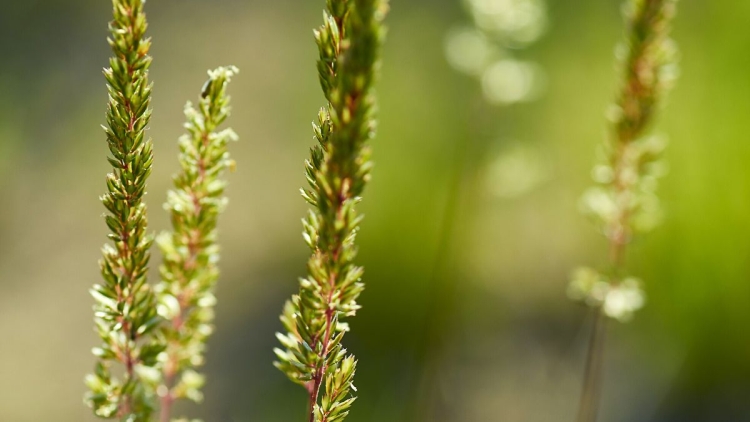
A cool season grower native to much of the northern United States. Grows in fields and open woods
- Leaves are a medium green and grows to 2 feet (60 cm) tall.
- Hardy to Zone 4.
Lymus mollis (American dune grass)
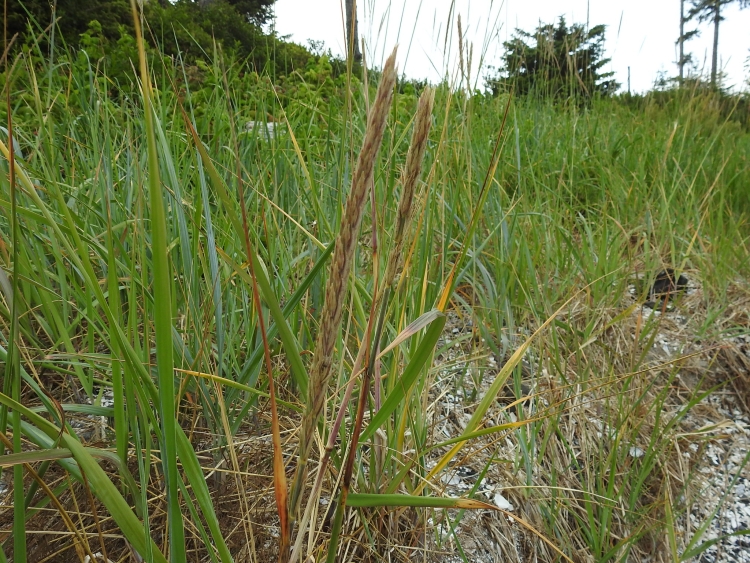
Native to sand dunes along the coasts of North America, including the Great Lakes.
- Usually bluish green in color. Primary use it to prevent erosion along dunes and beaches
- Hardy to Zone 4.
Muhlenbergia capillaris (Pink muhly)
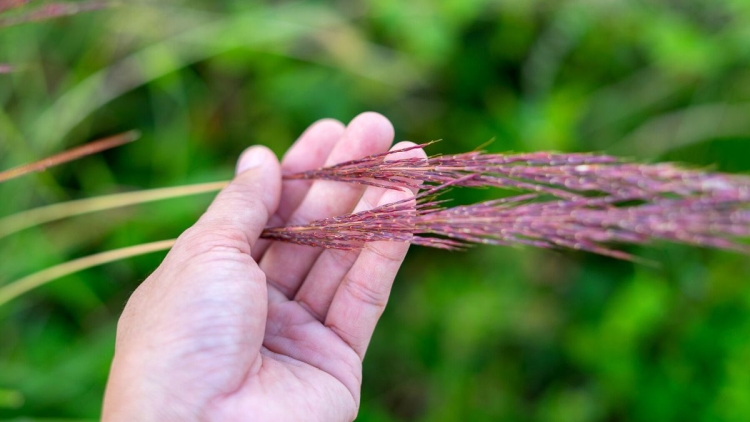
This beauty of the Northeast and lower Great Lakes states has no peer.
- Native mostly on sandy or rocky soils, prairies and pine barrens from Massachusetts, to Indiana and Kansas, south to Florida and Texas.
- The most highly ornamental of all the Muhly grasses, with dark green foliage topped by delicate flower panicles in vibrant pink to pink-red. Blooms in late summer to mid autumn.
- Effective as a single plant but especially dramatic in groups and sweeps.
- Grows to 3 feet (1 m) tall.
- Drought tolerant and needs full sun.
- Hardy to Zone 6, possibly Zone 5.
Panicum virgatum (Common switchgrass)

Native to prairies and open fields from eastern Canada through most of the United States except the west coast.
- One of the major components of the great American tall-grass prairie. diverse in size, growing 4 to 8 feet (1.2-2.4 m)tall. It always forms recognizable clumps.
- Prefers full sun where it grows erect, but will handle partial to light shade where it tends to be more lax.
- Depending on the cultivar, summer foliage can be green , powder-blue and some with streaks of red.
- A warm weather grass with open airy blooms. some are pink or purple with many cultivars being second to none when it comes to ornamental appearance.
- Panicums are a favorite in many gardens.
- “Dallas blues” grows to 7 feet and has beautiful purple flower heads.
- “Shenandoah” grows to 4 feet and as the season wears on, the blades turn a bright red to almost purple.
- “Prairie fire” is very similar but a bit taller.
- “Cloud nine” is a glaucous blue-green, growing to 8 feet.
- With Panicums, you can’t go wrong and there is a size just right for your garden.
- Panicums are very drought tolerant, erect (even in the winter if the snow isn’t to deep), produces seed for birds and wildlife.
- Various cultivars (and there are many) offer color as well. Do your home work, species vary in height and hardiness. Some grasses can get as tall as 8 feet while other stay shorter (around 3 feet).
- These warm season growers will add to your habitats.
- Another must for any wildlife habitat or garden.
- Zone hardiness can vary from Zone 3 to Zone 6.
Schizachyrium scoparium (Little bluestem)

Another native to prairies, dry fields and open woods of North America.
- An Ideal plant for the Great Lakes and Northeast regions.
- A valuable forage grass, yet attractive in landscapes.
- Grows to 4 feet (1.2 m ) tall. Foliage can vary from bright green to glaucous blue turning to a copper-orange in autumn.
- Blooms in late summer and requires full sun.
- Hardy to Zone 3.
Scripus cyperinus (Wool grass)
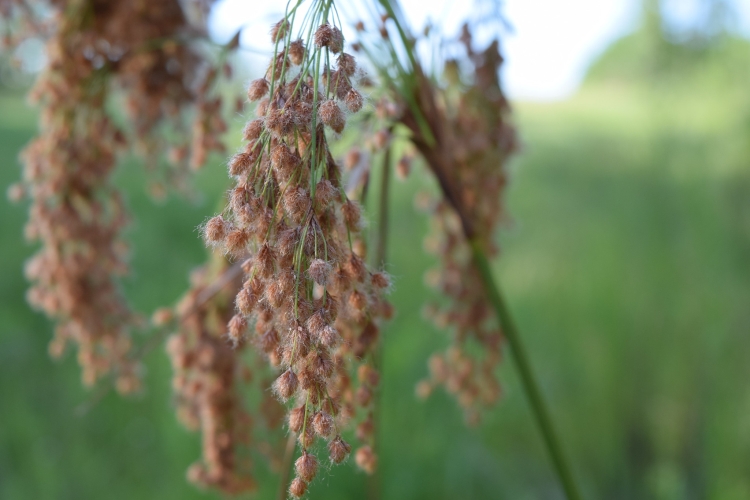
Native to wet meadows and swamps in eastern North America.
- Vary ornamental, growing to 5 feet (1.5 m) tall.
- Easily grown on mist or periodically wet soils in full sun or light shade.
- Hardy to Zone 4.
Sorghastrum nutens (Indian grass)

The second most prevalent species in the once vast North American tall-grass prairie. A warm weather grower, blooming in late summer.
- Widely distributed in the prairies, dry slopes and open woods from Quebec, the Great Lakes and beyond.
- North American Indians would weave lodges, baskets and other items from this all important plant.
- Sorghastrum grows to 7 feet, shorter in drier regions.
- Highly ornamental, as the foliage turns from green or glaucous to fall colors of yellow, orange, copper and red.
- Easy to grow on a wide range of soils.
- Grows best in full sun, drought tolerant, but does best with some moisture.
- As with many native grasses, Sorghastrum provides food and shelter for native wildlife and makes a spectacular display in large sweeps.
- Hardy to Zone 4.
Tridens flavus (Purpletop, tall redtop)
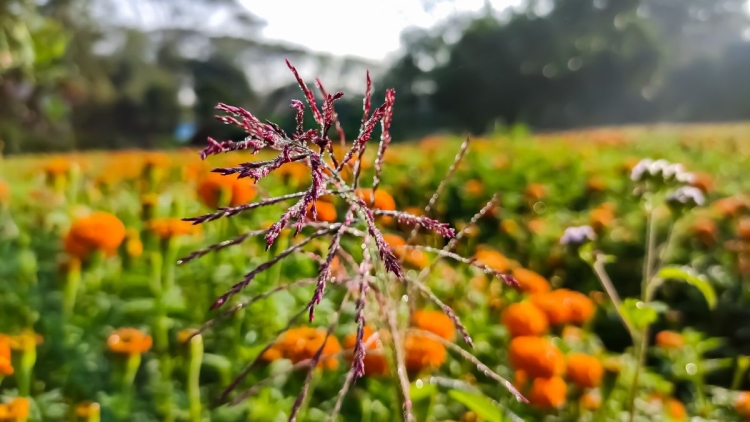
Native to meadows, fields and openings in eastern North America. Best known for the purple top in eastern meadows.
- Upright and clump forming, growing to 4 feet (1.2 m) tall
- A warm season grower, it blooms August to September. Best suited for meadows and naturalizing.
- Hardy to Zone 4.
Tripsacum dactyloides (Eastern gama grass)
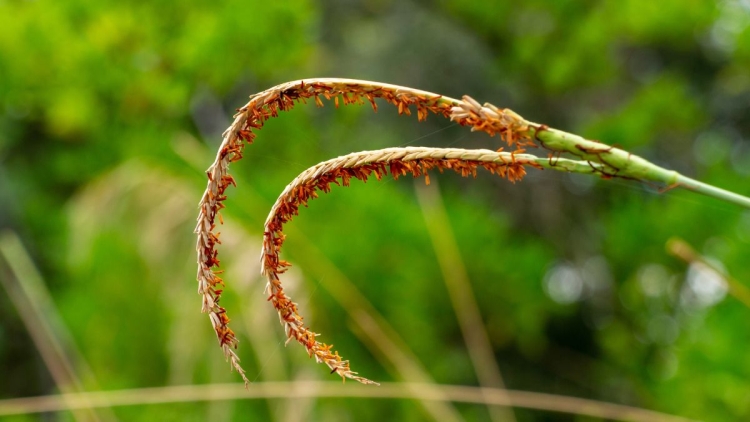
Native to wet swales and other moist locations from Massachusetts west to Nebraska and South to Texas.
- A rhizomatous grass that grows to 8 feet (2.4 m) tall in flower. Easily grown in full sun or light shade and most soils. Prefers moisture, but can tolerate dry conditions.
- CAUTION: when handling, leaf margins cut like a razor blade.
- Hardy to Zone 5.
Carex (Sedge family)
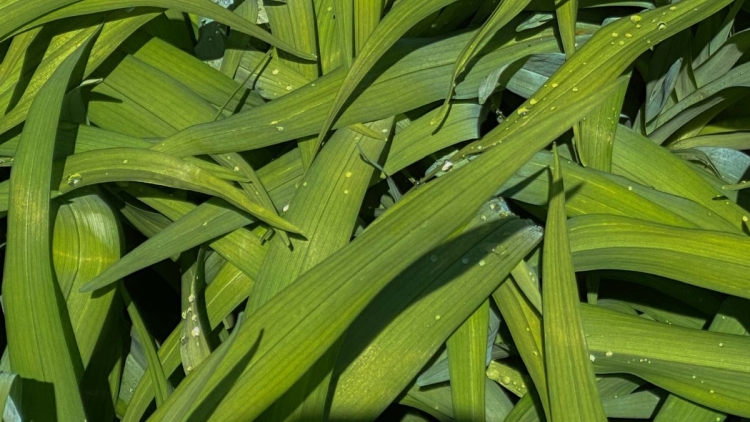
Ornamental sedge species originate from moist or wet temperate regions. While many sedges come from far away places, North America has some to offer that have ornamental value.
- Flowers are often of minor importance, but foliage can be attractive and the plants can fill in voids in damp and shaded areas. many are considered evergreen.
- Here are a few Carex native to the Northeast.
- C. crinita (Fringed sedge)
- C. flaccosperma
- C. grayi (Gray’s sedge, mace sedge)
- C. lupulina (Hop sedge)
- C. pensylvanica (Pennsylvania sedge)
- C plantaginea (Plantain-leafed sedge)
- C. platyphylla (Broad-leafed sedge)
- C. riparia (Greater pond sedge)
- C. stricta (Tussock sedge)
As you develop your wildlife habitats and gardens, you will find a place and a love for native grasses. I know as time goes on, I have developed a real like and almost passion for natives.
Do your research and follow the guide tips and once your natives are established, you can enjoy them for year to come. You may want to look at grasses of the Southeast and Prairies. While many are the same, you may find a native species I didn’t mention here and one you may want to try growing.
